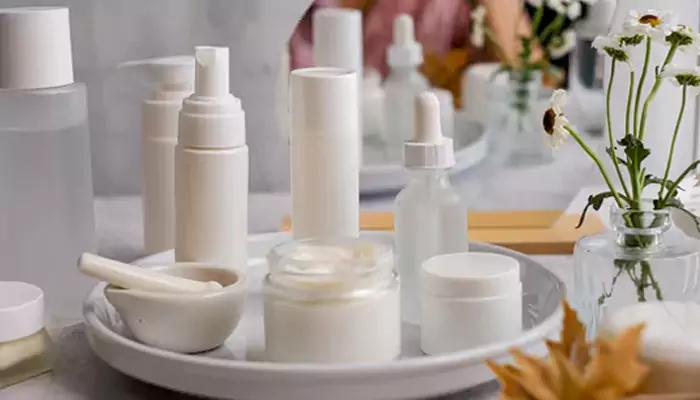
Monsoon mould alert: simple Indian hacks to keep your home fresh and fungus-free!
When we are excited to get some relief from summer heat, monsoon rains also bring a sneaky, uninvited guest into homes: dampness and fungus. That unpleasant musty smell, the black patches on walls, the puffed-up wooden furniture, along with the sneezing fits – all are the signs of one enemy: moisture-induced fungal growth.
But worry not. Before you start applying harsh chemicals or break the bank on waterproofing, let's explore some easy, affordable, and highly effective Indian home hacks to deal with dampness and fungus.
The Haldi Trick – Turmeric Isn’t Just for Curries!
Turmeric, or haldi, is a powerful antibacterial and antifungal agent.

How to Use: Mix turmeric with water to form a paste and apply it to areas affected by fungus (especially corners of walls or wooden shelves). Leave for a few hours and scrub off. It kills spores and reduces stains.
White Vinegar to the Rescue – Bye Bye Black Spots!
This household staple is great for cleaning mould and killing 80% of fungal species.

How to Use: Spray undiluted white vinegar on affected surfaces – tiles, cupboards, or wall corners. Let it sit for an hour before wiping with a clean cloth. White vinegar also eliminates bad odours!
Neem Oil Spray – A Fungus Buster Passed Down Generations
Remember, our grandma swears by neem for almost everything – and she’s almost right. Neem oil, a natural antifungal agent, can be safely used around children and pets.

How to Use: Mix neem oil with water (10-15 drops in a spray bottle of water) and spray it on wall corners, bathroom tiles, or wooden shelves at least once a week.
Charcoal and Salt – Desi Dehumidifiers
Did you know your kitchen ingredients can instantly absorb excess moisture? Activated charcoal and rock salt are natural dehumidifiers that work wonders in reducing indoor dampness.

How to Use: Place bowls of charcoal or rock salt in damp-prone areas like under the bed, inside cupboards, or near windows. Replace them weekly.
Ventilation is the Key – Let Your House Breathe
Even if it's pouring heavily outside, air circulation is a must for your home. Most fungal infestations happen in corners without any ventilation.

Quick Fixes: Keep windows slightly open during the day, especially during light showers. Use exhaust fans in bathrooms and kitchens. Let ceiling fans run for a few hours daily to promote airflow.
Tea Tree Oil – A Fragrant Fungus Fighter
Beyond skincare, tea tree oil is a potent antifungal agent that smells great and works efficiently.

How to Use: Add 8-10 drops of tea tree oil to a cup of water, shake well and spray onto mould patches. Leave for half an hour and wipe clean.
Keep Furniture Away from Walls
Walls become damp during monsoon, and when furniture is flush against them, it immediately traps moisture – perfect recipe for fungus formation.

Hack: Maintain a 2-3 inch gap between furniture and walls. Also, dust and wipe wooden surfaces daily using a dry cloth with a few drops of clove oil.
Sunlight: The Best Disinfectant
When the sun peeks out, make the most of it! Sun-drying cushions and mattresses at least once a week helps kill hidden spores and refreshes fabric.

Quick Tip: Keeping damp shoes or clothes near a sunny window for a few hours can prevent dreaded musty smell.
Dealing with monsoon dampness shouldn't be a complete home renovation. With these traditional, eco-friendly, and budget-conscious steps, you can reclaim your home from the grips of moisture and fungus.












